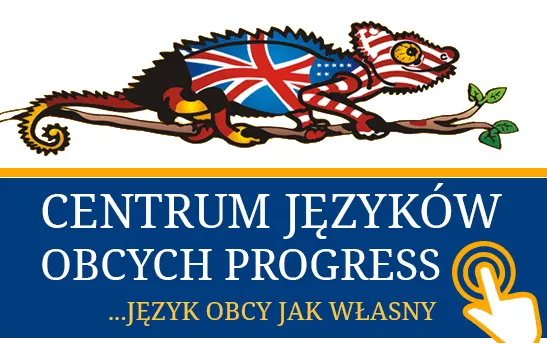- North America (103)
- The United States (87)
- Canada (16)
- Central America (48)
- Mexico (48)
- South America (11)
- Brasil (11)
- Australia and Oceania (20)
- Asia (464)
- Thailand (71)
- Malaysia (3)
- Burma (Myanmar) (52)
- Cambodia (255)
- Indonesia (11)
- Singapore (6)
- Israel (8)
- United Arab Emirates (3)
- Oman (26)
- Sri Lanka (24)
- Turkey (11)
- Africa (19)
- Europe (479)
- Spain (Catalonia) (7)
- Spain (27)
- Italy (29)
- Great Britain (4)
- France (25)
- Poland (303)
- Germany (12)
- Czech (11)
- Greece (46)
- Cyprus (16)
- Off-topic
- All
The Lateran Hill
Another Roman hill - the Lateran. The Lateran Palace was the residence of the Pope in Rome (one of the three in history: the Lateran, the Quirinal and the Vatican), and therefore it equals in its magnificence the largest Catholic churches in Europe.
Before the popes could safely reside in Rome, they had to overcome many difficulties and fight many enemies. Constantin was the first emperor who converted to Christianity. He ended the policy of persecution and paid homage to the pope. In the monastery of Santi Quattro Coronati (Four Crowned Saints), in the chapel of St. Silvester, there are frescoes from the thirteenth century which depict the legend.
In the frescoes, afflicted with leprosy Constantine, cannot perform a recommendation to bathe in the blood of children, follows the advice from Peter and Paul who he met in a dream, he finds Silvester who heels him and baptizes.
Such legends make it easier to remember the long history of the Roman Empire and Christianity, don’t they?
Then, in Santo Stefano Rotondo church we see the beginnings of Christianity.
In Santa Maria in Dominica there is animpressive mosaic from 9th century, where the founder (note: in a square halo!) kneels at the feet of the Virgin and Child. Madonna surrounded by a crowd of angels is in Byzantine style.
Rome has thousands of smaller and larger fountains, springs and drinking spots. Everywhere the water is safe to drink! The low temperature did not encouraged us to try it, but we know it's true.
Instead of the water from the springs, we drank delicious coffee after lunch in the "Bucatino" restaurant. Adrian (not - Adek) had a small problem with the food, which probably had something like veal tripe ... A very nice owner entertained us during the meal.
February is the season for artichokes and puntarelle (a green vegetable unknown in Poland). Look at today's last photo.





































